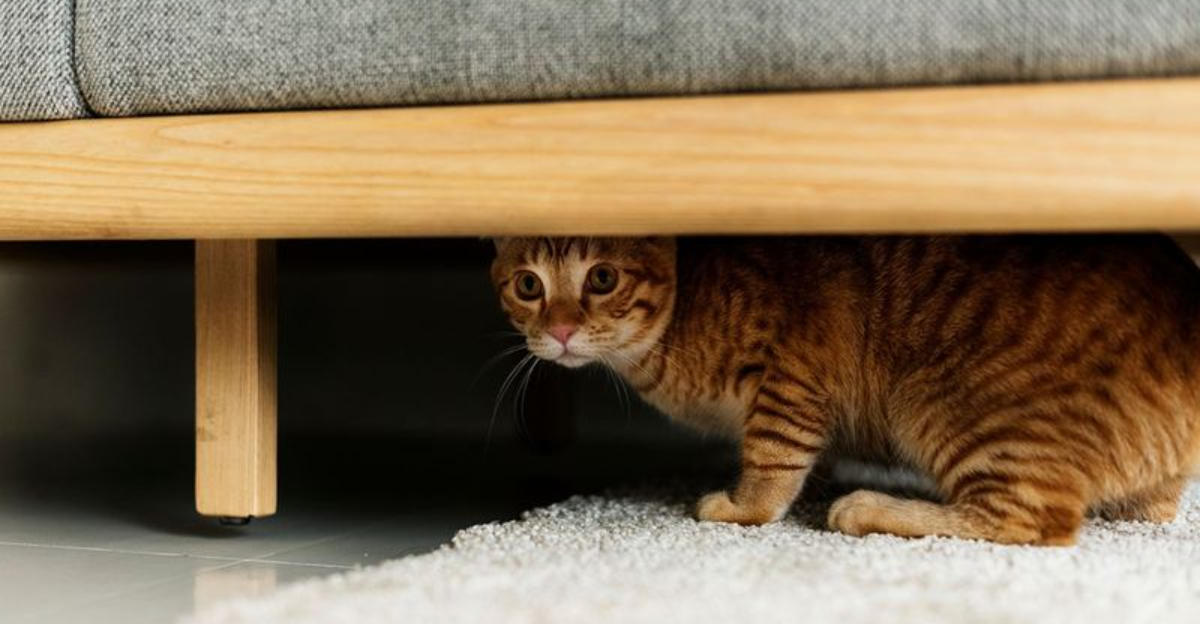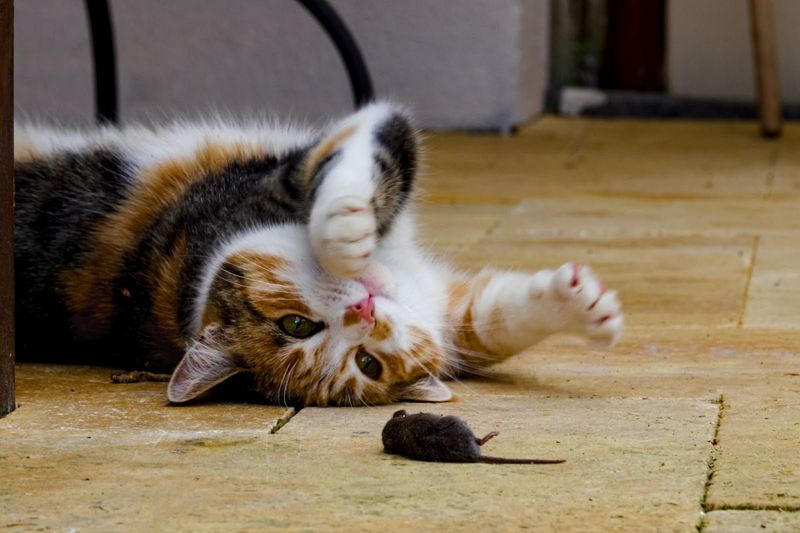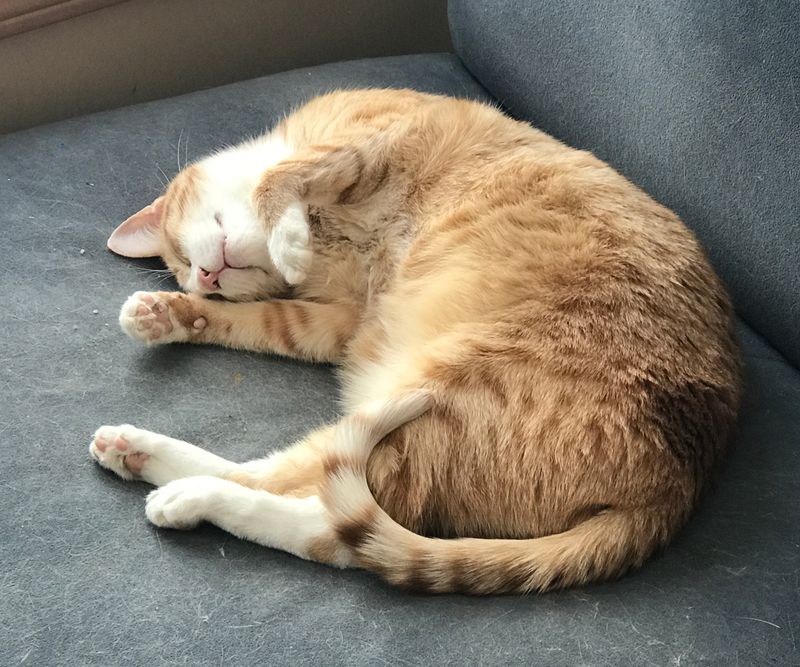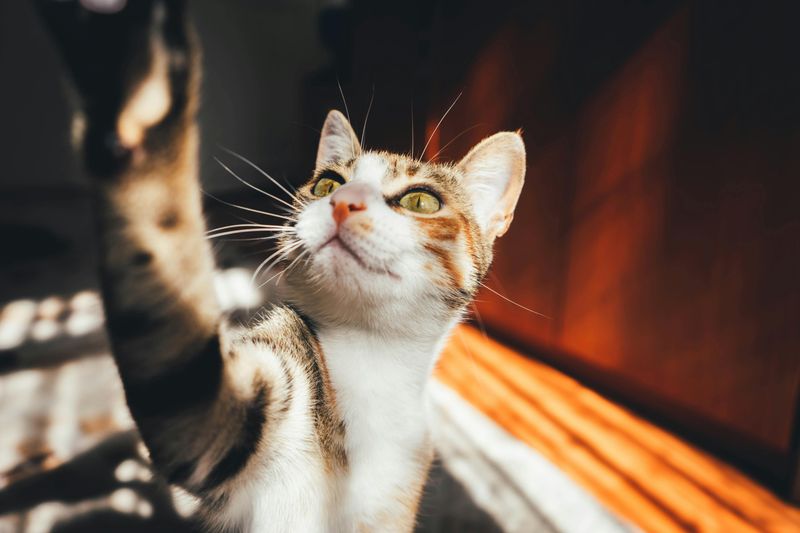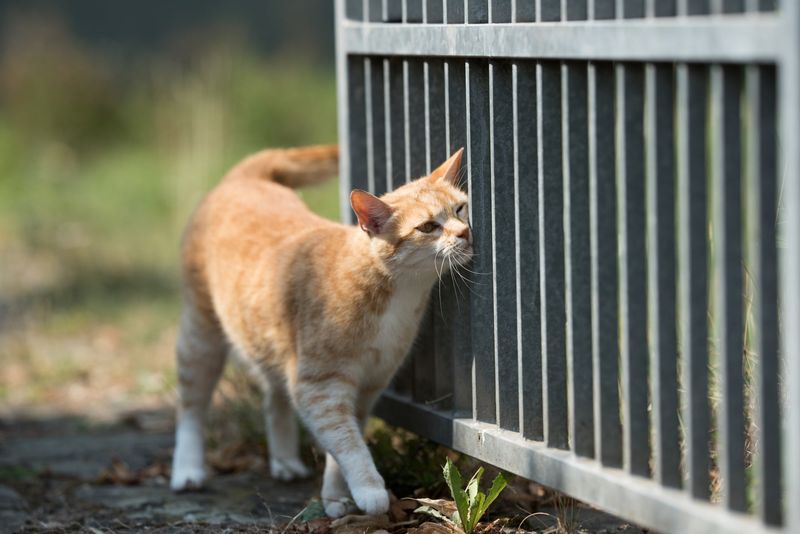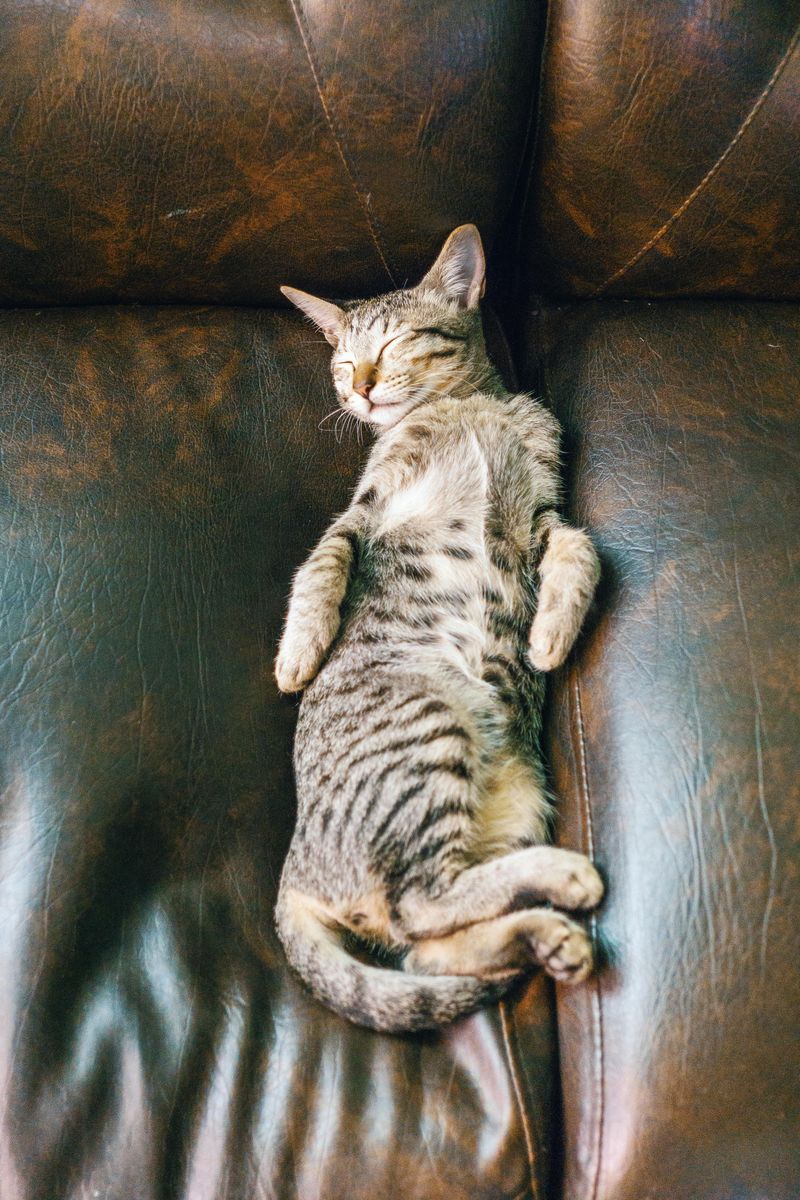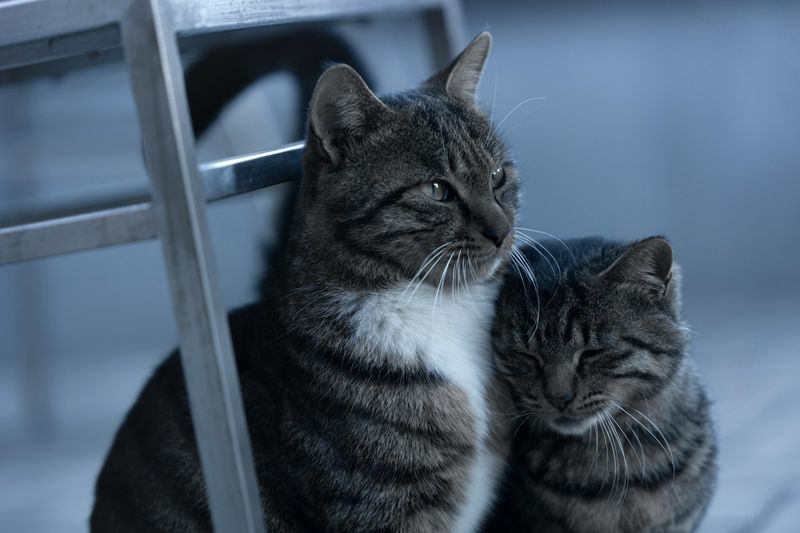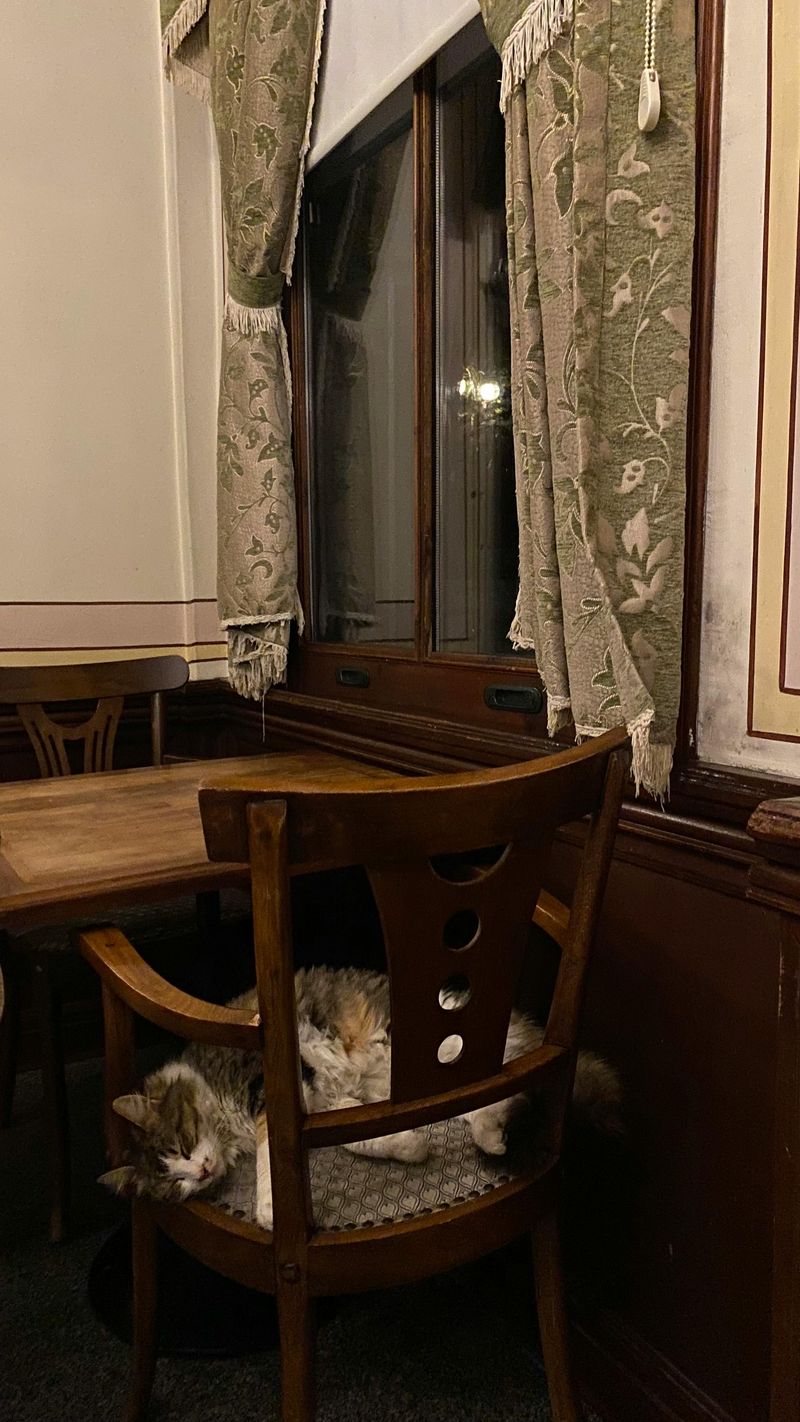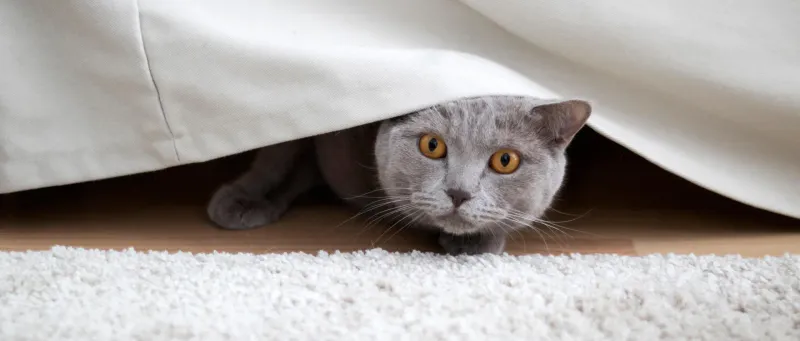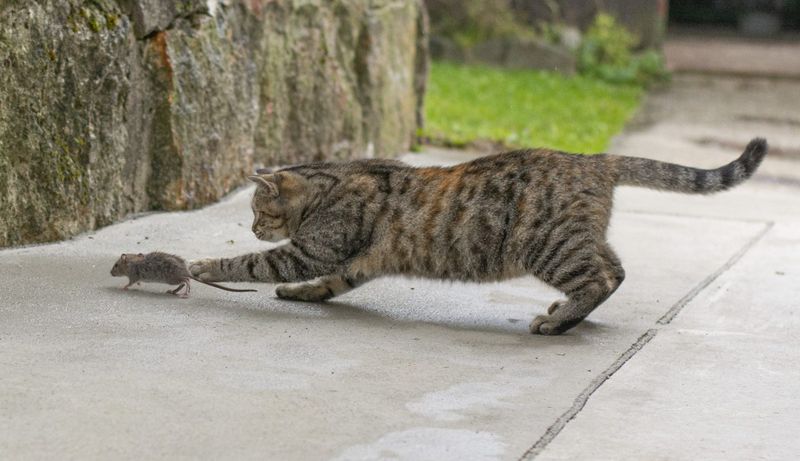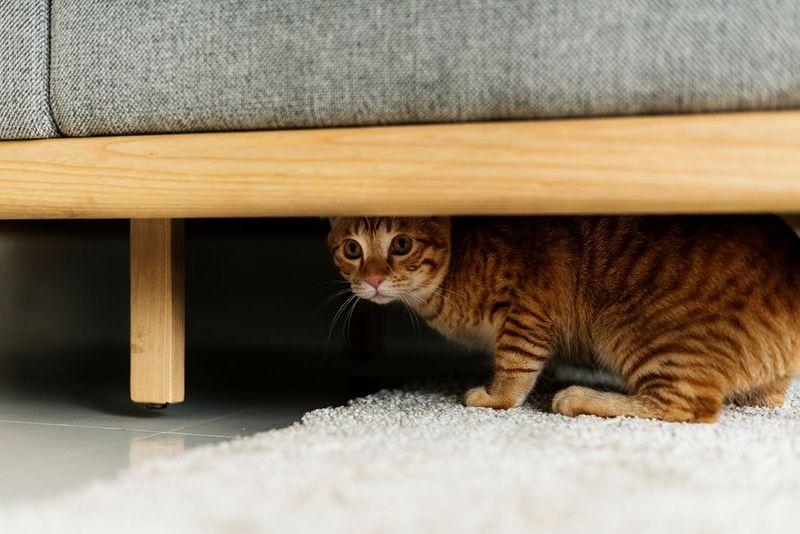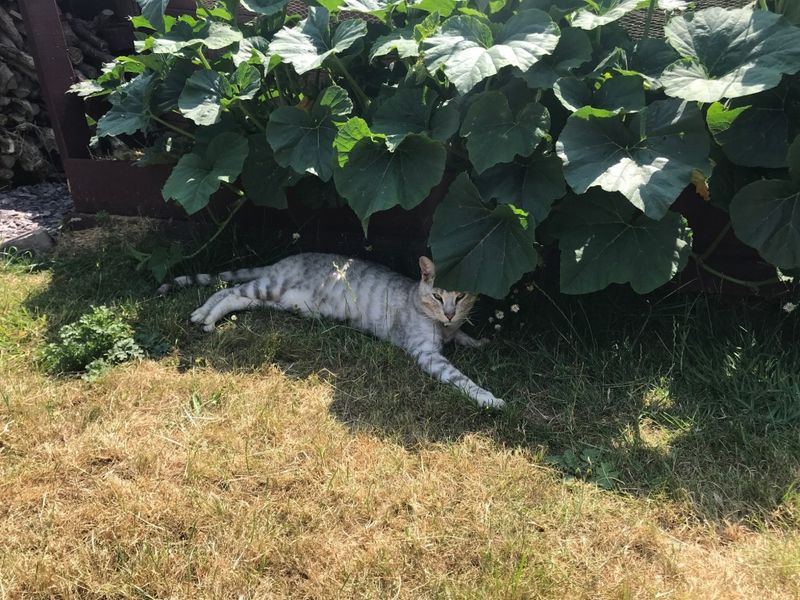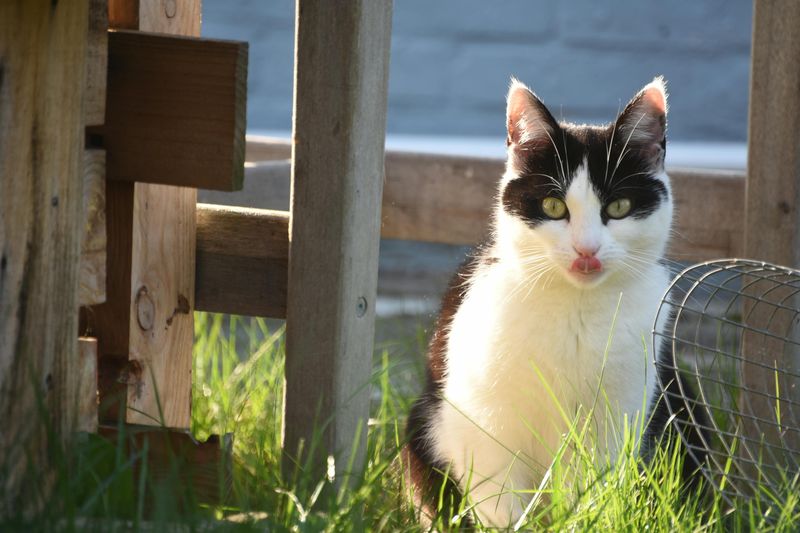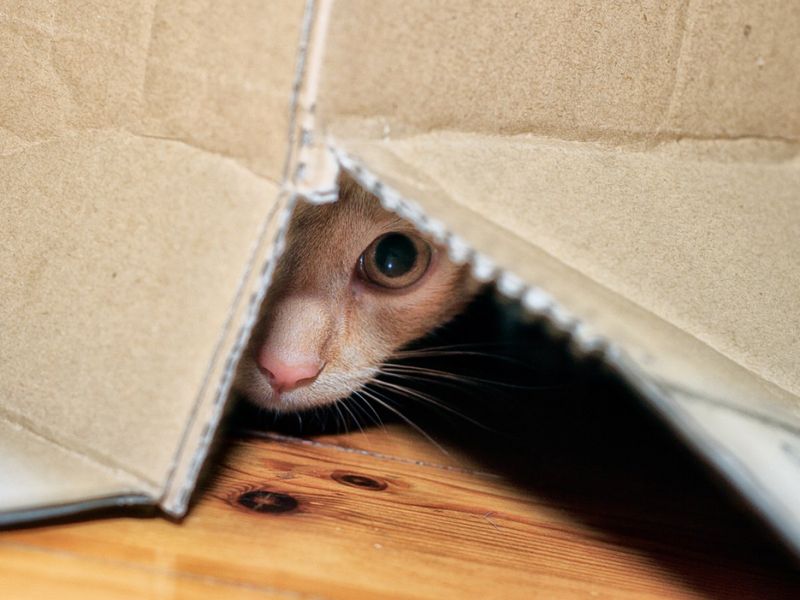📖 Table of Content:
- 1. Instinctual Survival Behavior
- 2. Seeking the Perfect Temperature
- 3. Avoiding Disturbances
- 4. Exploring New Spaces
- 5. Territorial Marking
- 6. Adjusting to Household Changes
- 7. Avoiding Other Pets
- 8. Testing Different Comfort Levels
- 9. Stress or Anxiety
- 10. Hunting Instincts
- 11. Seeking Privacy
- 12. Following Sunlight or Shade
- 13. Reaction to Scents
- 14. Feeling Unwell
- 15. Just for Fun
What may seem like a random game of hide-and-seek is actually driven by instinct, comfort, and environmental factors. Their ever-changing behavior adds to their charm and keeps their humans guessing.
By understanding why your cat engages in this nightly hideout shuffle, you can gain insight into their needs and emotions. Whether it’s a survival instinct carried from their wild ancestors or simply a desire for variety, each change in location has a purpose. Recognizing these motivations can help you create a more comfortable and secure environment for your feline companion.
From seeking warmth to avoiding disturbances, the reasons behind this behavior are as fascinating as the cats themselves. Some nights, it’s about staying hidden, while other times, it’s just their curiosity at play.
1. Instinctual Survival Behavior
Felines have inherited strong survival instincts from their wild ancestors, shaping many of their modern behaviors. One of these instincts includes frequently changing hiding spots, a strategy that would have helped them evade predators in the wild. By choosing a new location each night, cats feel they are reducing the chances of being found or ambushed. Even though domesticated cats live in a safe environment, this deeply ingrained behavior remains part of their nature. Their cautious approach to resting spots reflects their instinct for self-preservation.
2. Seeking the Perfect Temperature
Temperature plays a crucial role in a cat’s choice of hiding spots. Cats seek out areas that match their comfort needs, which may vary with the season or time of day. During colder months, they might find warmth next to a heater, while in summer, a cool, shaded spot could be ideal. Understanding their preference can help you provide suitable options, enhancing their comfort and satisfaction.
3. Avoiding Disturbances
Busy households can be stressful for cats. They often search for quiet hiding spots to escape disturbances like loud noises or frequent foot traffic. By choosing a new location, they can adapt to changing conditions and find peace. Offering secluded nooks or investing in cat furniture can give them a reliable sanctuary.
4. Exploring New Spaces
Curiosity drives cats to explore their surroundings constantly. New hiding spots present opportunities for discovery and engagement. This behavior keeps their minds stimulated and bodies active, fulfilling their need for exploration. Allowing safe exploration by leaving doors slightly ajar or rearranging furniture can satisfy their adventurous spirit.
5. Territorial Marking
Scent marking is an essential way cats establish ownership over their surroundings. By choosing new hiding spots, they distribute their scent, making the space feel safe and familiar. This routine strengthens their sense of security and reinforces territorial confidence. Offering multiple hiding options allows them to express this instinct naturally, leading to a more content and self-assured cat.
6. Adjusting to Household Changes
Changes in the household, like new furniture or members, can prompt a shift in hiding behavior. Cats may choose new spots to adjust to these changes. This helps them feel secure amid unfamiliar surroundings. Allowing time for acclimatization and offering familiar items can ease their transition.
7. Avoiding Other Pets
In multi-pet households, cats often change hiding spots to avoid other animals and maintain their personal space. Finding a secluded area allows them to relax without the risk of unwanted interactions or disturbances. This preference for solitude can be particularly strong if they feel threatened, stressed, or simply overwhelmed by too much activity. Some cats may rotate their hiding spots based on which areas feel the safest at different times of the day. Ensuring multiple secure spaces for each pet not only reduces tension but also prevents competition over resting areas. By providing a variety of cozy and quiet hiding places, owners can help promote harmony and a stress-free environment for all pets.
8. Testing Different Comfort Levels
Cats are comfort connoisseurs, always testing spots for the right level of softness and support. This might mean trying a new hideaway nightly. Their quest for comfort leads them to experiment with different textures and locations. Providing a variety of bedding materials and arrangements can cater to their discerning taste.
9. Stress or Anxiety
Stressful situations can prompt cats to change hiding spots regularly, seeking comfort in new, secluded areas. New locations might offer a sense of security and control, helping them cope with their anxiety. Identifying triggers, such as loud noises, unfamiliar guests, or changes in routine, can help mitigate stress. Creating a calm, stable environment with consistent hiding options can alleviate anxiety and make them feel more at ease. Providing enrichment, such as interactive toys and cozy resting areas, can further support their emotional well-being.
10. Hunting Instincts
Even domesticated cats retain hunting instincts. New hiding spots can serve as strategic vantage points for observing ‘prey’ or toys. This activity satisfies their natural predatory behavior and keeps them mentally engaged. Encouraging this play with interactive toys and varied hiding places fosters a stimulating environment.
11. Seeking Privacy
Privacy is paramount for many cats, influencing their choice of hideaways. A new spot might offer the solitude they seek. This need for personal space can be particularly strong during rest or recovery. Respecting their privacy by providing undisrupted areas ensures they feel safe and respected.
12. Following Sunlight or Shade
Sunbeams become irresistible hiding spots for cats, offering warmth and comfort as they move throughout the day. Conversely, in hot weather, the shade provides a cool retreat where they can escape the heat and regulate their body temperature. Observing these patterns can help you arrange cozy nooks in sunny or shaded areas to match their preferences. Providing soft bedding near windows or in shaded corners ensures they have the perfect spot for every season. By accommodating their natural tendencies, you can enhance their comfort and overall well-being.
13. Reaction to Scents
Cats’ sensitive noses react strongly to scents, influencing their hiding choices and overall comfort. New smells, whether from cleaning products, air fresheners, or other pets, can attract or repel them from certain areas. Regular changes in household scents may prompt them to seek new spots that feel more familiar and safe. Even subtle shifts, like freshly laundered fabrics or a new piece of furniture, can make them reconsider their usual hideouts. Using natural, familiar scents, such as their bedding or pheromone diffusers, can create a more inviting and reassuring environment. Providing scent-marked blankets or toys in their favorite hiding places can also help maintain a sense of security and stability.
14. Feeling Unwell
When unwell, cats often seek solitude. A new hiding spot can provide the tranquility needed for recovery. These changes in behavior can be an early indicator of health issues. Monitoring their habits and consulting a vet if changes persist can ensure their well-being.
15. Just for Fun
Sometimes, cats change spots simply for fun. The thrill of a new hiding place can be a delightful game. This playful behavior reflects their joyful, whimsical nature and zest for life. Encouraging play with safe, novel hiding spots can enrich their daily routine and strengthen your bond.
